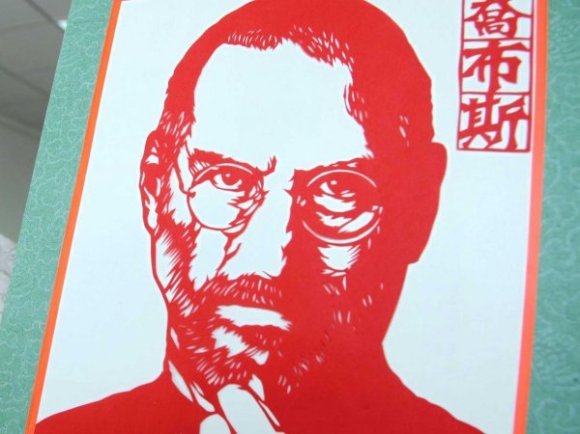
When Steve Jobs showed up at the San Francisco airport at the age of 19, his parents didn’t recognize him.
Jobs, a Reed College dropout, had just spent a few months in India.
He had gone to meet the region’s contemplative traditions — Hinduism, Buddhism — and the Indian sun had darkened his skin a few shades.
The trip changed him in less obvious ways, too.
Although you couldn’t predict it then, his travels would end up changing the business world.
Back in the Bay Area, Jobs continued to cultivate his meditation practice. He was in the right place at the right time; 1970s San Francisco was where Zen Buddhism first began to flourish on American soil. He met Shunryu Suzuki, author of the groundbreaking “Zen Mind, Beginners Mind,” and sought the teaching of one of Suzuki’s students, Kobun Otogawa.
Jobs met with Otogawa almost every day, Walter Isaacson reported in his biography of Jobs. Every few months, they’d go on a meditation retreat together.
Zen Buddhism, and the practice of meditation it encouraged, were shaping Jobs’ understanding of his own mental processes.
“If you just sit and observe, you will see how restless your mind is,” Jobs told Isaacson. “If you try to calm it, it only makes things worse, but over time it does calm, and when it does, there’s room to hear more subtle things — that’s when your intuition starts to blossom and you start to see things more clearly and be in the present more. Your mind just slows down, and you see a tremendous expanse in the moment. You see so much more than you could see before. It’s a discipline; you have to practice it.”
Jobs felt such resonance with Zen that he considered moving to Japan to deepen his practice. But Otogawa told him he had work to do in California.
Evidently, Otogawa was a pretty insightful guy.
When you look back at Jobs’ career, it’s easy to spot the influence of Zen. For 1300 years, Zen has instilled in its practitioners a commitment to courage, resoluteness, and austerity — as well as rigorous simplicity.
Or, to put it into Apple argot, insane simplicity.
Zen is everywhere in the company’s design.
Take, for instance, the evolution of the signature mouse:
It’s the industrial design equivalent of the enso, or hand-drawn circle, the most fundamental form of Zen visual art.
But Zen didn’t just inform the aesthetic that Jobs had an intense commitment to, it shaped the way he understood his customers. He famously said that his task wasn’t to give people what they said they wanted; it was to give them what they didn’t know they needed.
“Instead of relying on market research, [Jobs] honed his version of empathy — an intimate intuition about the desires of his customers,” Isaacson said.
What’s the quickest way to train your empathy muscles? As centuries of practitioners and an increasingly tall stack of studies suggest, it’s meditation.
When you take that into account, it’s easy to see that for Jobs, growing his business and cultivating his awareness weren’t opposing endeavors.
When he died, the New York Times ran a stirring quote about what he did for society: “You touched an ugly world of technology and made it beautiful.”
We can thank that time in India and on the meditation cushion for that beautiful, rigorous simplicity — one that sparked a design revolution.